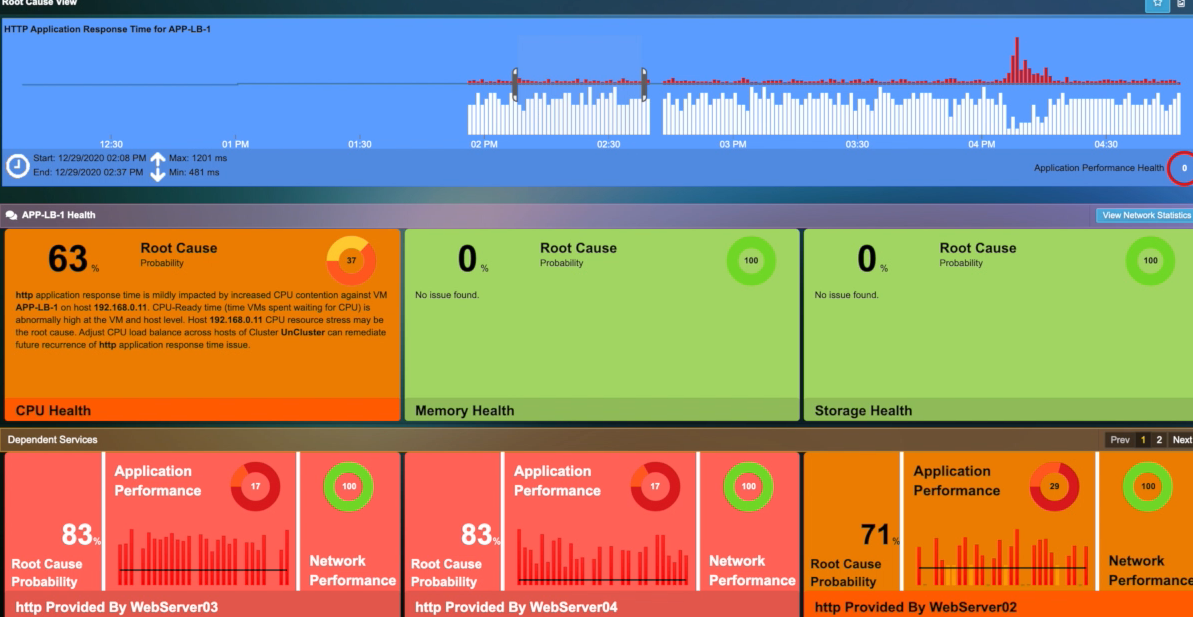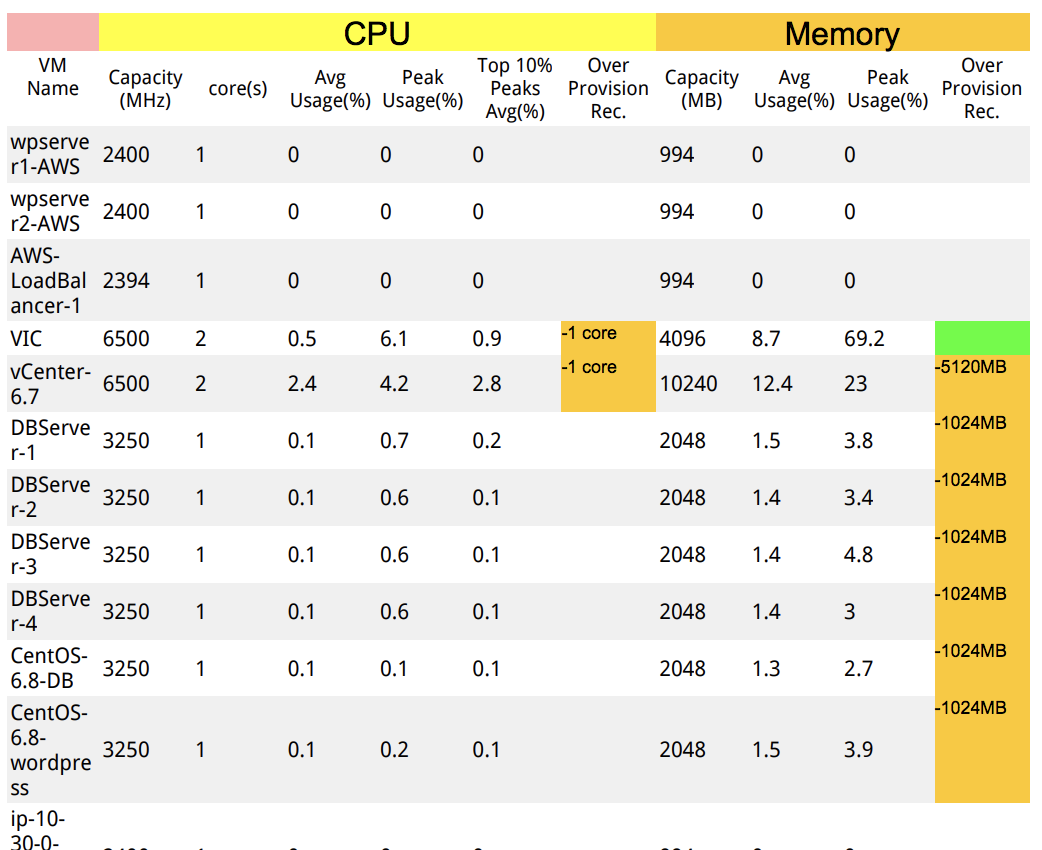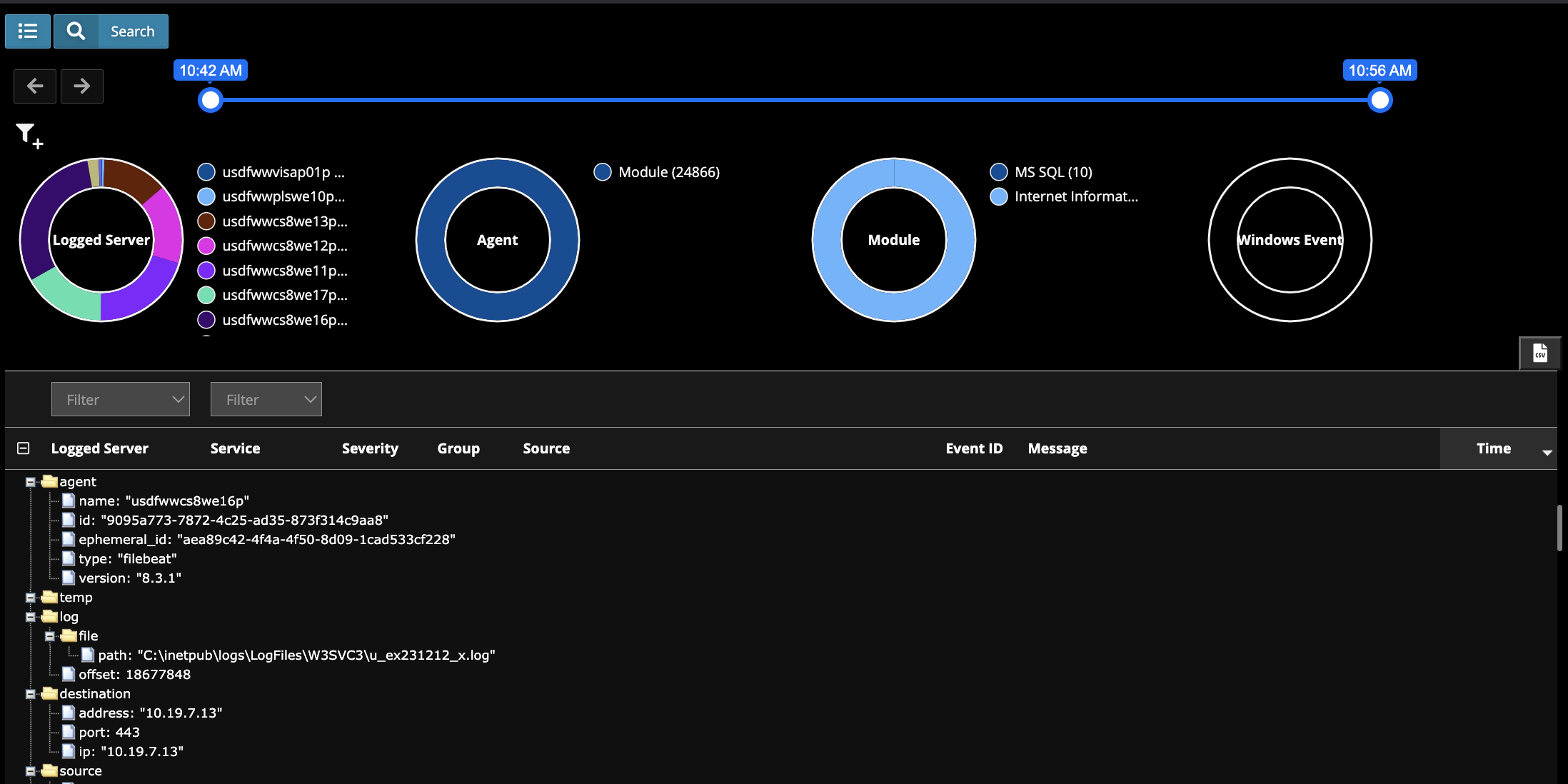Operating an Exchange Server in a Data Center can be an ideal solution for many organizations, offering scalability, reliability, and centralized management. However, like any complex system or multi-tier application, Exchange Servers can encounter issues that require diligent troubleshooting to maintain top performance and uptime. In this blog, we'll explore common issues and strategies for resolving them.
Common Exchange Server Issues:
- Performance Degradation: This can appear as slow email delivery or delays in accessing mailboxes. This can be caused by high server load, inadequate hardware resources, or inefficient configurations.
- Mail Flow Problems: : Issues with mail flow can disrupt communication due to network issues or misconfigured connectors or spam filters.
- Database Corruption: Databases can get corrupted due to hardware/software failures or improper shutdowns, and can lead to data loss, mail delivery issues, and service disruptions.
- Authentication & Authorization issues: Problems with user authentication or authorization will prevent users from accessing their mailboxes or other Exchange services. This can be due to Active Directory synchronization issues, mismatched permissions, or certificate issues.
- Backup & restore issues: This is very important for disaster recovery and data protection. Failures can occur due to backup software issues, insufficient storage, or configuration conflicts.
Top tips for Resolving Exchange Server Issues:
- Monitor Performance with Observability: Implement observability or monitoring tools to track Exchange Server performance metrics such as CPU usage, memory utilization and disk I/O. Proactive monitoring helps identify potential issues before they impact users. With Uila uObserve, you have full visibility into the compute and storage performance for the exchange server.
- Right-size Resources: Ensure that Exchange Server hardware meets or exceeds recommended specifications for CPU, memory and storage.
- Review configuration: Regularly review Exchange Server configuration settings, including mail flow connectors, transport rules, anti-spam policies, and mailbox quotas.
- Timely updates and maintenance checks: Schedule routine maintenance tasks such as database integrity checks, software updates, and backup validations. .
- Troubleshooting using few built-in tools or logging solutions: Use built-in Exchange tools like Exchange Management Shell (EMS) and Exchange Troubleshooting Assistant (ETA) for diagnostics and remediation. In addition, you can use log analysis solutions like Uila uObserve for obtaining logs from your Exchange Server for discovering and resolving many challenges.
- Test Backups and Recovery Procedures: Regularly test backup and recovery procedures to verify data integrity and restore capabilities. Validate your Recovery Time Objectives (RTOs), and Recovery Point Objectives (RPOs) at all times.



In conclusion, Exchange Server issues in data centers require a proactive and systematic approach to troubleshooting and resolution. An Observability solution can be the right choice for IT organizations to leverage for their mission critical environments.
You can try out a 21-day trial of Uila’s full-stack observability solution, uObserve, in your environment and see how you can get access to unmatched observability for your environment.
Subscribe
Latest Posts
- Importance of Remote End-User Experience Monitoring
- Application and Infrastructure Challenges for Utility Companies
- Troubleshooting Exchange Server Issues in Data Centers
- Importance of Application Dependency Mapping for IT Asset Inventory Control
- Navigating the Flow: Understanding East-West Network Traffic
- The imperative of full-stack observability
- What's new in Uila uObserve v5.5
- What's new in Uila uObserve 5.1?
- Most important aspect of VDI troubleshooting
- Importance of logging analysis in the Observability World




